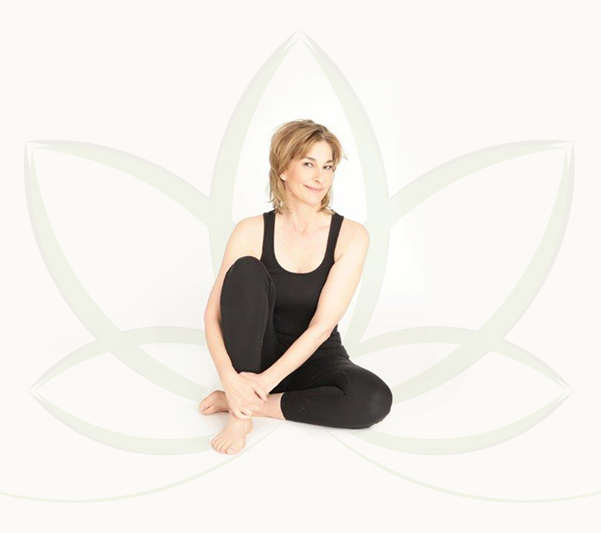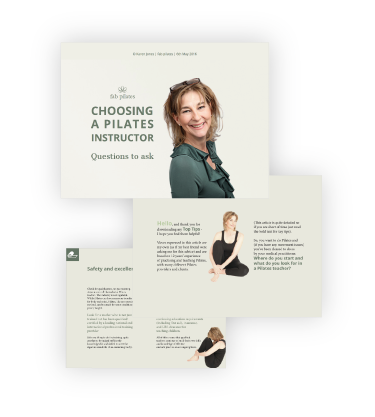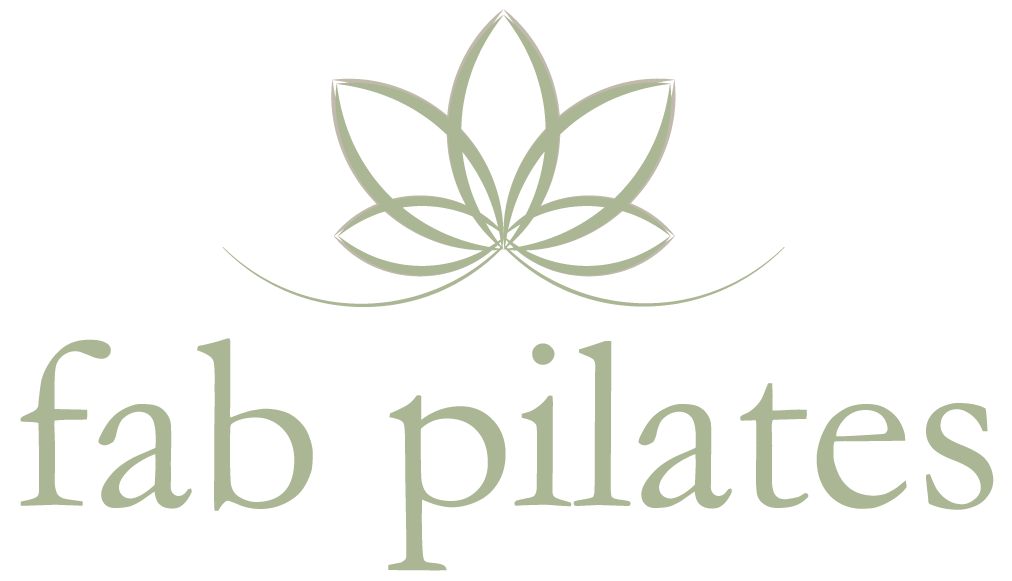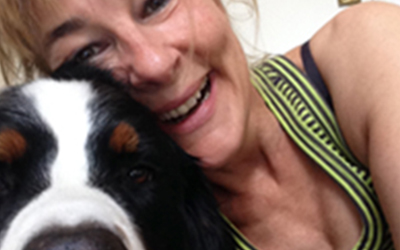
A Guide to Pilates: health and benefits*
Pilates aims to strengthen the body in an even way, with particular emphasis on core strength to improve general fitness and wellbeing. Pilates exercises are done on a mat or using special equipment, such as the Reformer, the Cadillac and Wunda Chair. With its system of pulleys and springs, handles and straps, the apparatus can provide either resistance or support, depending on your needs.
Pilates was developed by German-born Joseph Pilates, who believed mental and physical health were closely connected. His method was influenced by western forms of exercise, including gymnastics, boxing and wrestling. Pilates emmigrated to the US in the 1920s and opened a studio in New York, where he taught his method – which he called “Contrology” – for several decades.
Who is Pilates for?
Pilates has something to offer people of all ages and levels of ability and fitness, from beginners to elite athletes. The apparatus can be used to provide support for beginners and people with certain medical conditions, as well as resistance for people looking to challenge their body. Before starting any exercise programme, it’s advisable to seek advice from your GP or a health professional if you have any health concerns, such as a health condition or an injury.
What are the health benefits of Pilates?
There are many reports on the health benefits of Pilates. However, few of these have been subjected to rigorous scientific examination and there is a need for more research in this area. Practitioners say regular Pilates practice can help improve posture, muscle tone, balance and joint mobility, as well as relieve stress and tension. For elite athletes, including dancers, Pilates can complement their training by developing whole body strength and flexibility, and help reduce the risk of injury.
Can Pilates help reduce back pain?
There is some evidence that Pilates can provide pain relief to people with non-specific lower back pain. The use of apparatus enables someone with back pain to perform exercises with support. For the exercises to be effective, they need to be tailored to the individual and vetted by an appropriately qualified health professional. Pilates teachers are not medically qualified and cannot prescribe, treat or offer therapy.
Can Pilates help me lose weight?
Pilates is classed as a muscle-strengthening activity, which can help you maintain a healthy weight. Classes can vary in intensity: they can be gentle, or dynamic and offer a solid workout. If you want to lose weight, you’re advised to combine Pilates with a healthy diet and some aerobic activities, such as swimming, walking and cycling.
Can I injure myself doing Pilates?
Pilates is a low-impact form of exercise, so injuries are uncommon. However, it is important that you find a qualified teacher and a class suited to your level of fitness and ability. Pilates teachers are not medically qualified, so if you’re recovering from injury, you are advised to check with your GP or relevant health professional on the suitability of certain exercises or movements before starting a class.
What is the difference between Pilates and yoga?
While the methods are different, Pilates and yoga both develop strength, balance, flexibility, posture and good breathing technique. Both systems emphasise the connection between physical and mental health, although yoga places more emphasis on relaxation and uses meditation. Pilates is performed both on apparatus and mats, whereas classic yoga doesn’t require any equipment. Pilates exercises are performed in a flow of movement without the static poses associated with yoga.
What is the difference between apparatus and mat work?
Joseph Pilates originally devised more than 500 exercises for his system, of which 34 were mat exercises. Mat work may involve traditional Pilates equipment such as magic circles or hand weights, as well as non-Pilates gear such as stretch bands, gym balls and foam rollers. Pilates with apparatus uses equipment designed by Joseph Pilates, such as the Reformer, Cadillac, Wunda Chair, Spine Corrector and Ladder Barrel. Mat and apparatus Pilates can be adapted to suit different levels of fitness and ability. However, if you cannot lie down on a mat for whatever reason, the apparatus can provide alternative ways to exercise.
Pilates can be taught on a one-to-one or group basis. If you have a health condition that may require close attention, check with the Pilates teacher that their class is suitable. Classes using apparatus offer a higher level of individual attention, but they’re usually more expensive.
Choosing a Pilates class
Pilates can be taught in a dedicated Pilates studio with apparatus, or in an open area with mats and small equipment. Both mat and apparatus Pilates can be taught privately or in small groups, with most classes lasting 60 minutes.
Ideally, apparatus classes should be taught on a one-to-one basis, and around a maximum of 12 for mat work, to ensure personal attention can be provided. Group apparatus classes are popular, but a degree of experience in using the apparatus is advisable before joining a group class.
Anyone can call themselves a Pilates teacher as there is currently no legal requirement to be registered or have a Pilates qualification. There is a nationally recognised level 3 qualification for mat-based Pilates teaching, but no such recognised level 3 qualification for teaching Pilates using apparatus.
When choosing a Pilates teacher, you should consider their experience and the quality of their training, as well as their personality and rapport. Experienced teachers will normally have undergone a minimum of 450 teacher training hours over a period of several months or years.
*This information is provided by courtesy of NHS Choices and contains public sector information licensed under Open Government Licence v3.0
Would you like to give Pilates a try?

“The support and encouragement you give to me each week is beyond any thanks I can give you. I come away from each class full of admiration. You are the kind of teacher who is a shining example to all of us teachers. The teachers in your classes recognise what a first rate practitioner you are. It was my lucky day when you put your card through our door.”
"You restore my karma at the end of each frantic week."
“When I came to you first I’d pretty much lost enthusiasm for Pilates and felt very ‘stuck’. I now know how exciting and challenging it can be when it’s well taught and explained. I really feel like a different person and am confident that I can improve even more…”
Latest Post
Reformer Transformer! Your machine awaits. Enjoy the ride.
Probably the most versatile piece of exercise equipment you will ever…
…And breathe
Do you breathe well, or do you “junk” breathe? Joseph Pilates famously said…
9 easy moves to do every day*
I’m often asked if I can recommend some simple, safe moves…



